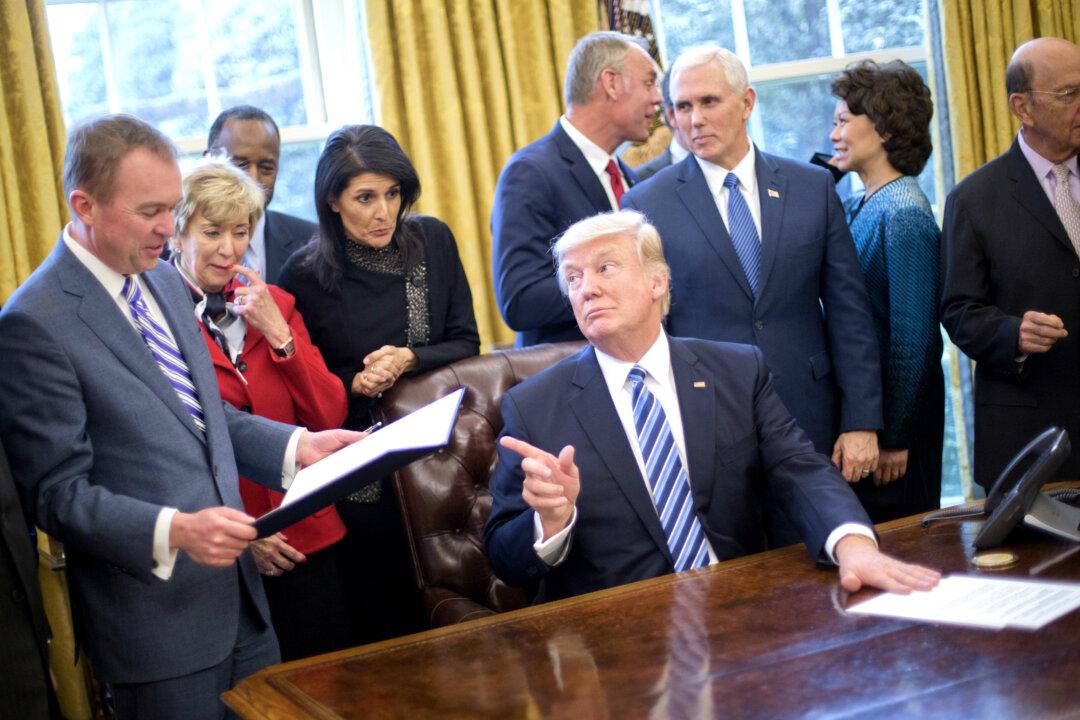When President Donald Trump announced his skinny budget last week, Wall Street analysts and Washington insiders pronounced it “dead on arrival.”
“The proposal should be seen as a starting point for congressional negotiations,” Goldman Sachs wrote in a note to clients. Appropriations bills need a minimum of 60 votes, eight of which will need to be Democratic, to pass the Senate.
Since Democratic Senators have adopted a strategy of resisting Trump at every point, it would be even more remarkable if they endorsed his massive cuts to the Environmental Protection Agency (EPA), the Department of Agriculture, and the Department of Labor.

*





